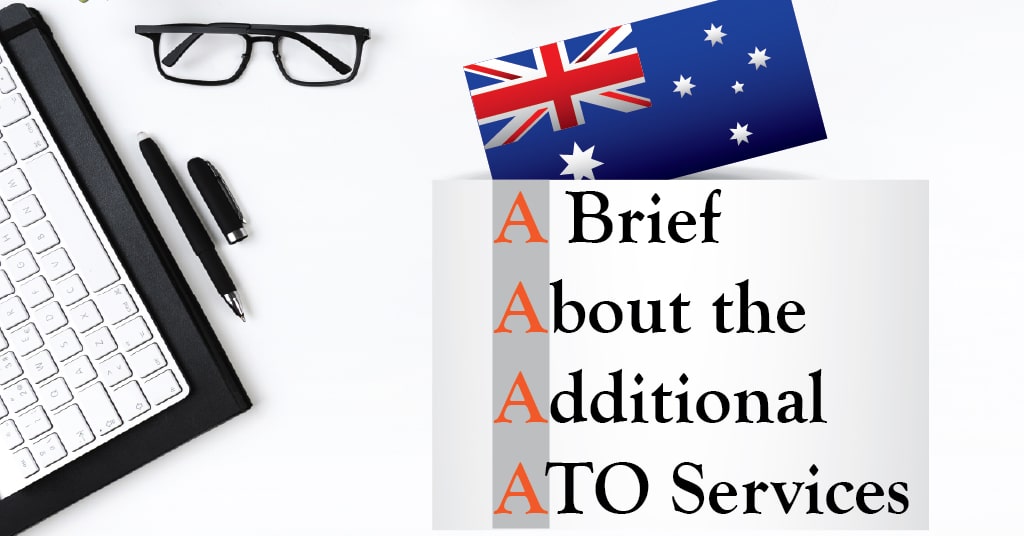

The most important aspect of managing DPT risk is that groups must prepare their ‘case theory’ against any DPT risk in advance, and have the key evidence available on file.

The need for proactive steps is driven by the advantages the DPT provisions give the Commissioner in any dispute. It is important for groups to understand whether their arrangements have a DPT risk, and to understand what proactive steps they must take to successfully manage the risk. In particular it highlights a particular risk that must be addressed by groups considering their risk under TR 2021/D4 (licencing and distributing software and cloud services) and TA2020/1 (dealings with intangible assets). This case is relevant not just for ‘royalty free’ IP use (both in the technology sector and the consumer goods sectors), but also for any reorganisation of Australian intellectual property assets of international groups.

Although parts of the TP documentation might be relevant to the process of assessing DPT risk, it is a separate process driven by unique Australian legislation, case law relating to our anti-avoidance rules, and the evidence. It is important for groups to understand that TP documentation, and indeed TP defence file, does provide reassurance in relation to Australian DPT risk. But the Commissioner has chosen to attack the arrangement with our DPT, which gives him significant powers and advantages not available under the other provisions of our Income Tax Assessment Act. Whether a royalty should have been paid, and if so in what amount, is a question that might arise under the usual transfer pricing (TP) provisions in Australian law, or under the general law principles relating to the apportionment of bundled prices.

Schwepps had been acquired by Asahi on April 3 2009. The relevant agreement was entered into on April 9 2009. Under this arrangement Schweppes was provided with ‘royalty free’ use of the relevant intellectual property including trademarks for use in the bottling, sale and distribution of the drinks. The court filings disclose a common toll manufacturing arrangement, where PepsiCo sold concentrate to Schweppes Australia (an arm’s-length unrelated party), who bottled drinks for the Australian market under direction of PepsiCo. It is the first time that a DPT dispute has gone to court in Australia, and likely represents one of, if not ‘the’, first time the DPT provisions have been used in Australia.īut it is also significant for the subject matter, the question of ‘royalty free’ use of intellectual property (IP). The matter is significant for a number of reasons. On FebruPepsiCo filed appeals in the Australian Federal Court against DPT assessments raised by the Australian Taxation Office.


 0 kommentar(er)
0 kommentar(er)
